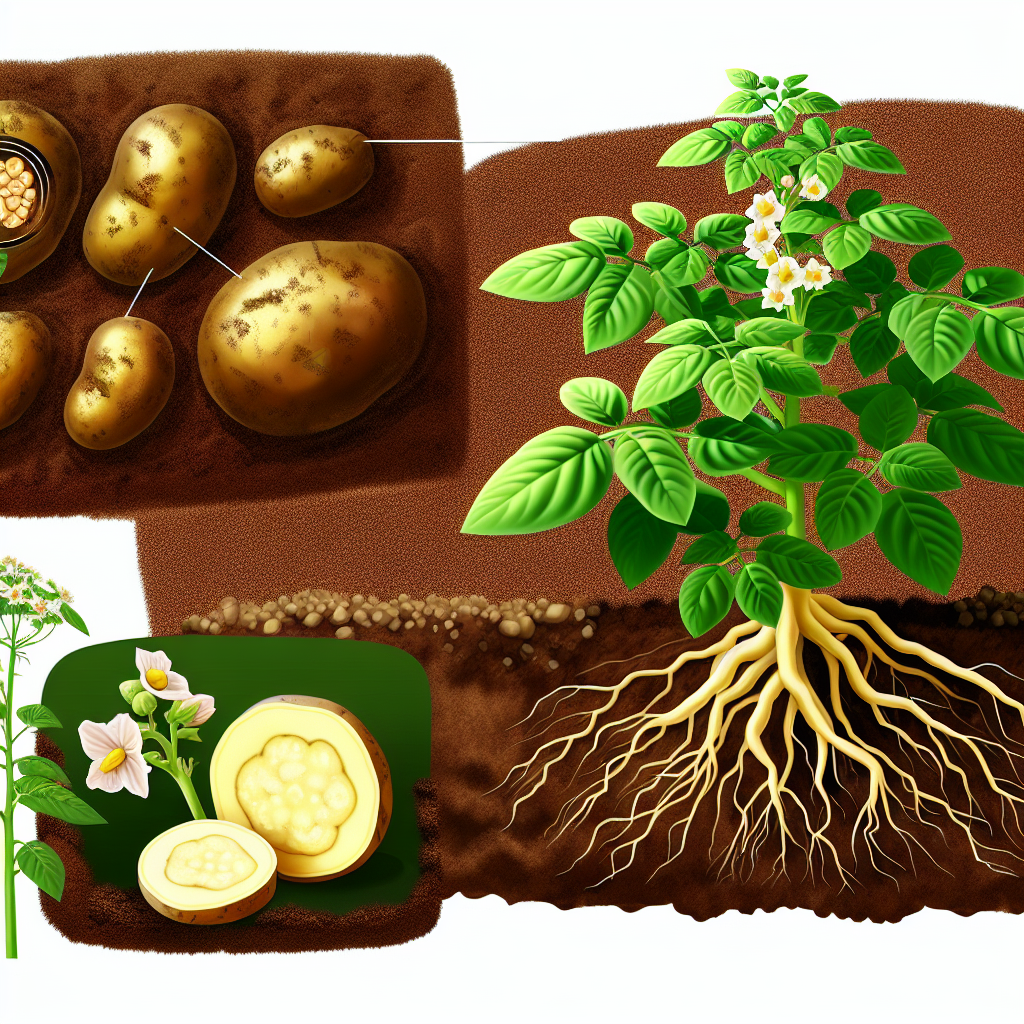by AI Now Or Never
Share
by AI Now Or Never
Share

Understanding the Functionality and Significance of Tractors
The tractor, a quintessential piece of agricultural machinery, serves as a pivotal tool in modern farming practices. Defined broadly, a tractor is a powerful motor vehicle engineered primarily for drawing or pulling agricultural implements such as plows, harrows, and trailers. Its invention marked a revolutionary shift in the efficiency and productivity of farming, essentially transforming traditional agriculture into a mechanized endeavor.
The Mechanical Framework and Operational Mechanisms
Fundamentally, a tractor is characterized by its robust build and distinct mechanical functionalities, which include:
- Power Take-Off (PTO): This essential component allows tractors to transfer power to various implements, facilitating their operation.
- Hydraulic Systems: The hydraulic capabilities of tractors enable farmers to lift and lower heavy equipment effortlessly, thereby enhancing operational efficiency.
- Four-Wheel Drive: Many modern tractors are designed with four-wheel drive capabilities, which provides enhanced traction and stability on uneven and slippery terrains.
The Historical Context of Tractors
The evolution of the tractor can be traced back to the late 19th century when steam-powered engines first paved the way for agricultural mechanization. Over the decades, technological advancements have led to the development of the internal combustion engine, giving rise to the contemporary tractor we recognize today. This evolution is pivotal, as it has played a significant role in increasing crop yields and reducing the labor-intensive nature of farming.
The Controversial Impacts of Tractors
Despite their undeniable benefits, tractors have not been devoid of criticism. Environmental concerns have arisen regarding their contribution to soil compaction, which adversely affects soil health and crop production. Furthermore, the industrialization of agriculture, fueled by tractor usage, has led to a homogenization of farming practices, potentially undermining biodiversity and traditional farming techniques.
Moreover, the reliance on tractors can exacerbate socioeconomic disparities within the agricultural sector. Small-scale farmers often find themselves at a disadvantage as they struggle to compete with larger agricultural operations that utilize advanced mechanization, thereby leading to an imbalance in the distribution of resources and opportunities.
Conclusion
In summary, while tractors are instrumental in advancing agricultural efficiency and productivity, they are also mired in a complex web of environmental and socioeconomic debates. As the industry progresses, it remains imperative for stakeholders to address these challenges, ensuring that the benefits of tractor utilization do not come at the cost of sustainability or equity in agriculture.
STAY IN THE LOOP
Subscribe to our free newsletter.
Leave A Comment
Understanding Large Language Models (LLMs) Large Language Models, commonly referred to as LLMs, are advanced artificial intelligence systems that leverage deep learning techniques to analyze, understand, and generate human language. These models are built on neural network architectures and are trained on extensive datasets, allowing them to perform a wide array of language-related tasks, such
What is a Pizza? Pizza is a delicious food that many people around the world enjoy. It has a rich history, a variety of toppings, and is loved by both kids and adults. In this article, we will explore what makes pizza so special and how it has become a popular dish in many cultures.
What is a Paper? When we talk about “paper,” we usually think of the thin material that we use to write, print, or draw on. But paper has a much deeper significance. It plays a crucial role in communication, education, and many everyday tasks. In this article, we will explore the different aspects of paper,


